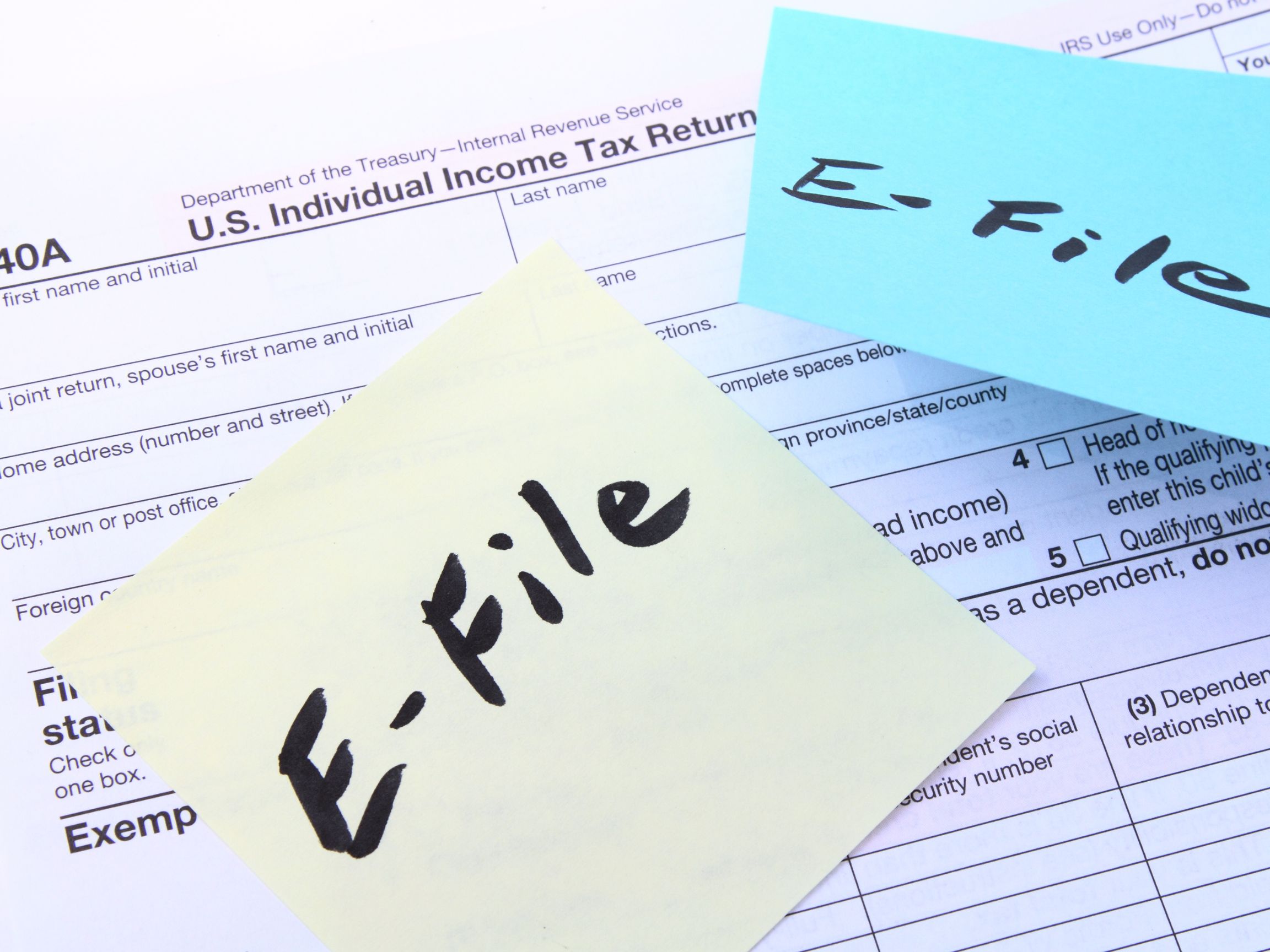
01 Dec More Will Have to E-File in New Year
New rules, issued in early 2023, change a wide range of filing requirements. The goal, according to the IRS, is to increase e-filing without undue hardship on taxpayers.
Perhaps the biggest change is that the IRS has reduced the 250-return threshold enacted in prior regulations to generally require electronic filing by filers of 10 or more returns in a calendar year.
The final regulations also create several new regulations to require e-filing of certain returns and other documents not previously required to be e-filed.
The new rules also:
- Require filers to aggregate almost all information return types covered by the regulation to determine whether a filer meets the 10-return threshold and is required to e-file their information returns. Earlier regulations applied the 250-return threshold separately to each type of information return covered by the regulations.
- Eliminate the e-filing exception for income tax returns of corporations that report total assets under $10 million at the end of their taxable year.
- Require partnerships with more than 100 partners to e-file information returns, and they require partnerships required to file at least 10 returns of any type during the calendar year to e-file their partnership return.
Sound confusing?
To help with this process, the IRS created a new, free online portal in early 2023 to help businesses file Form 1099 series information returns electronically. Known as the Information Returns Intake System (IRIS), this free electronic filing service is secure, accurate and requires no special software. Though available to any business of any size, the IRS says IRIS may be especially helpful to any small business that currently sends their 1099 forms on paper to the agency.
Easing the burden
In recent years there has been tremendous growth in the availability of e-file services and the use of e-file across the tax filing spectrum. In 2021, about 82% of all corporate income tax returns were e-filed, and almost 90% of partnership tax returns were e-filed. Further reducing the volume of paper returns filed frees up staff and resources to further enhance services for taxpayers and improves overall efficiencies while reducing postage, printing, shipping and storage and their associated costs and burdens.
The IRS says it receives nearly 4 billion information returns per year and expects to receive nearly 5 billion by 2028. In 2019, the IRS still received nearly 40 million paper information returns, even though approximately 99% of all information returns for that year were e-filed.
The IRS does note that its regulations generally provide hardship waivers for filers that would experience hardship in complying with the e-filing requirements and administrative exemptions from the e-filing requirements to promote effective and efficient tax administration. Your best bet is to work with payroll and accounting professionals to make sure you’re on top of the new rules. Although joining the system may be a little confusing to start with, in the long run it will be a lot easier for the company.
Original content by © IndustryNewsletters. All Rights Reserved. This information is provided with the understanding that Payroll Partners is not rendering legal, human resources, or other professional advice or service. Professional advice on specific issues should be sought from a lawyer, HR consultant or other professional.


